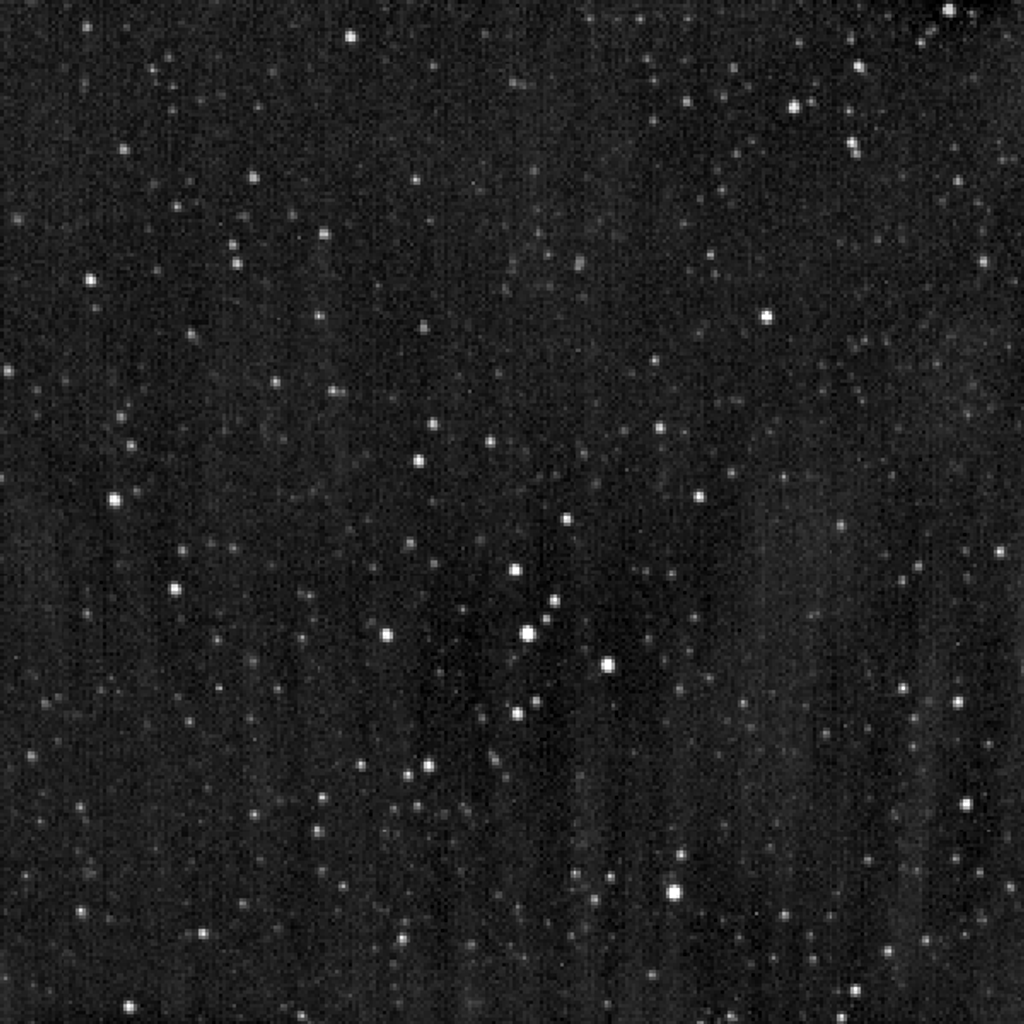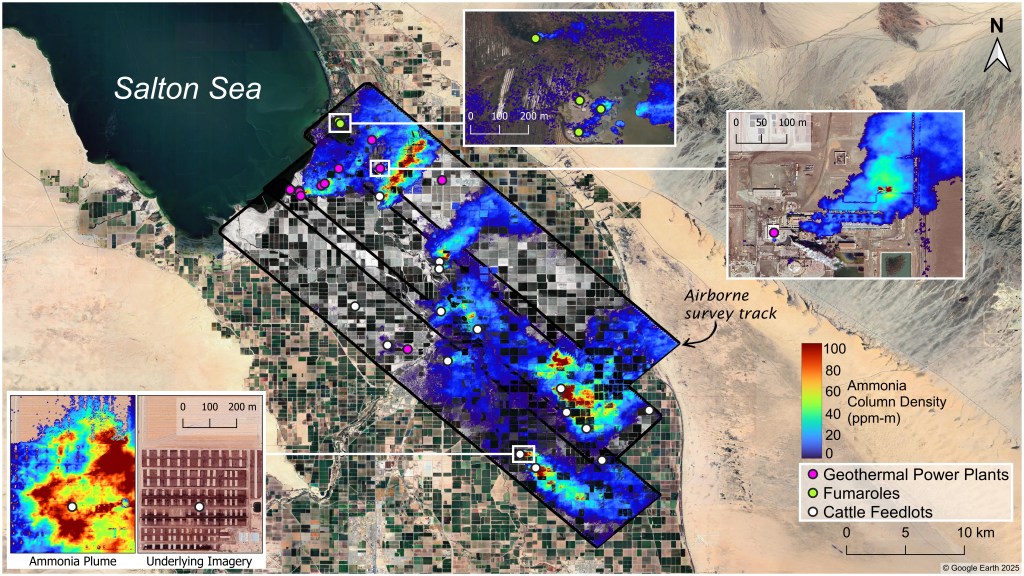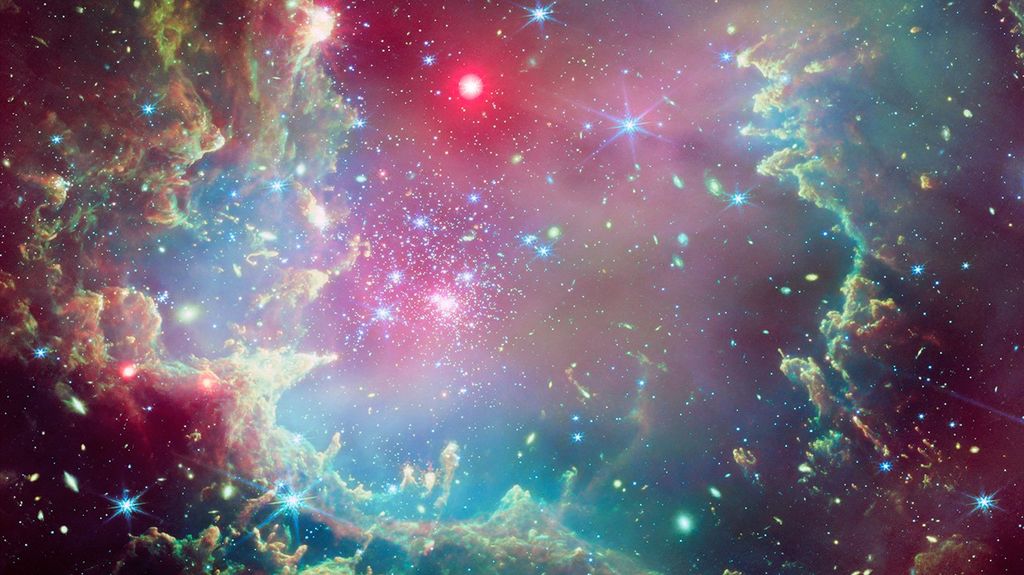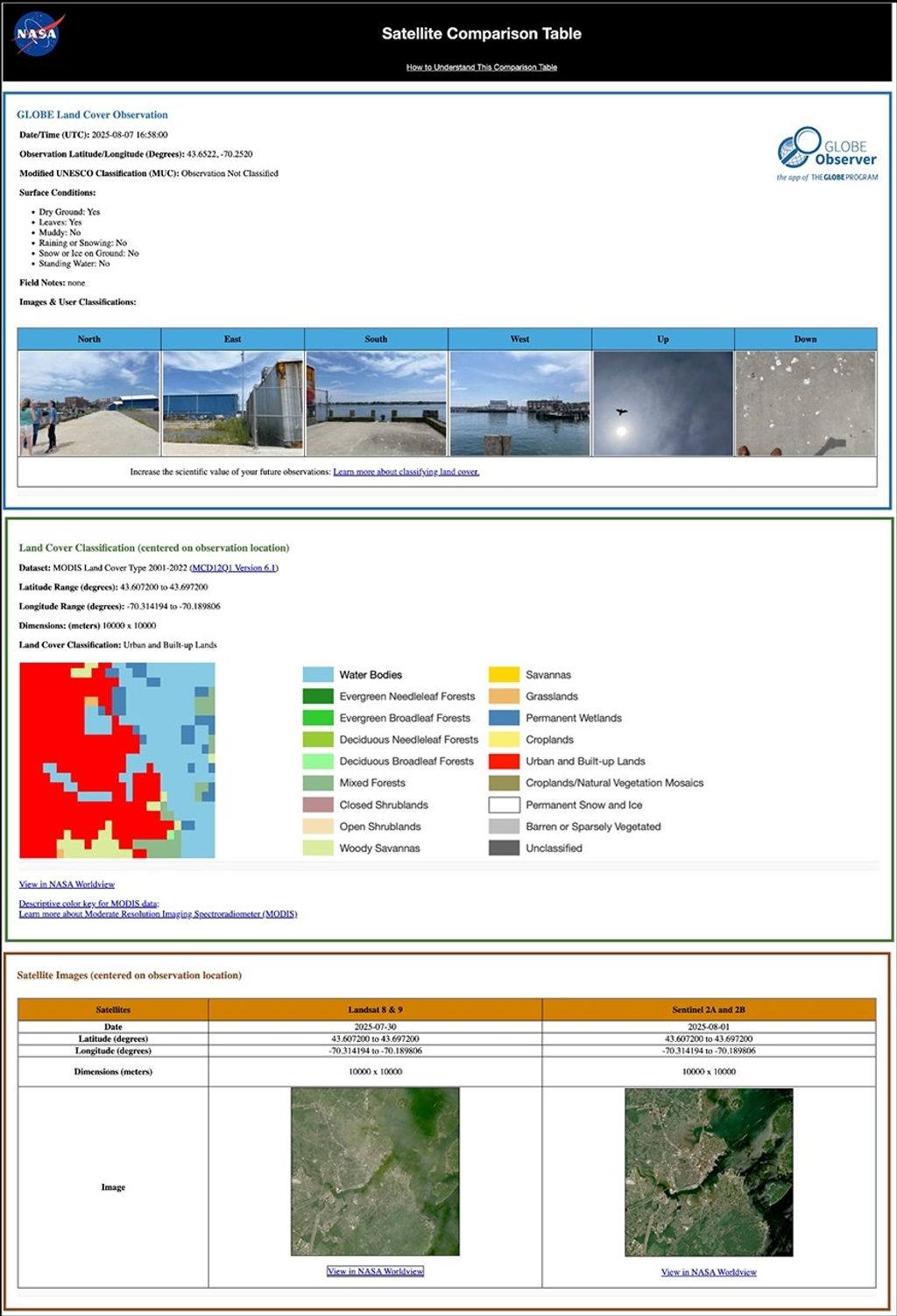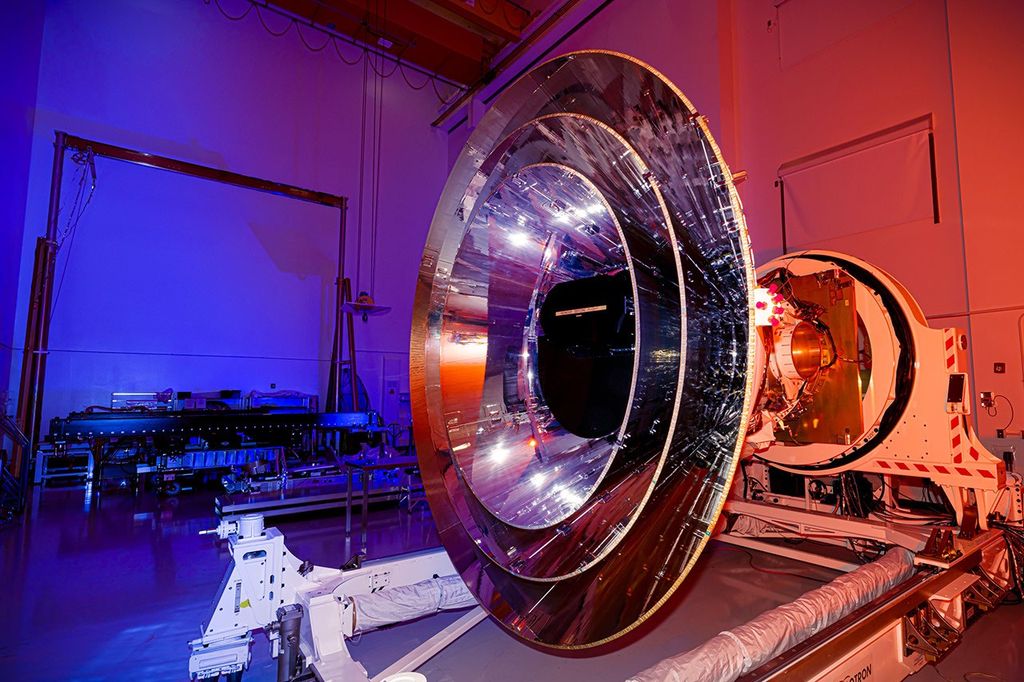1 min read
Zoom into the Cat’s Eye Nebula
The Cat’s Eye Nebula, also known as NGC 6543, is a visual "fossil record" of the dynamics and late evolution of a dying star. NGC 6543, located 3,000 light-years away in the northern constellation Draco, was one of the first planetary nebulae to be discovered. Planetary nebulae form when Sun-like stars gently eject their outer gaseous layers, creating amazing and confounding shapes.
Observations suggest the star that created the Cat’s Eye Nebula ejected its mass in a series of pulses at 1,500-year intervals. These convulsions created dust shells making a layered, onion-skin structure around the dying star.
Share
Details
Last Updated
Aug 17, 2025
Contact
Media
Claire Andreoli
NASA’s Goddard Space Flight Center
Greenbelt, Maryland
claire.andreoli@nasa.gov






